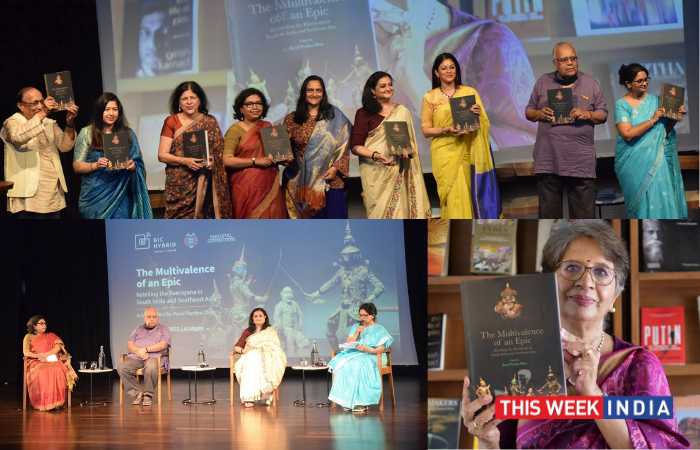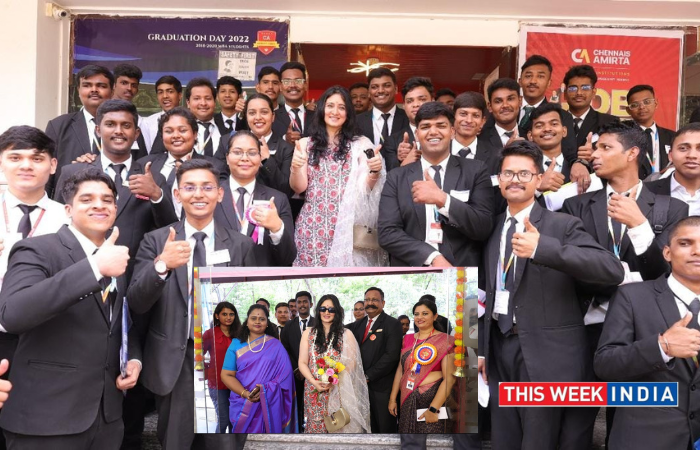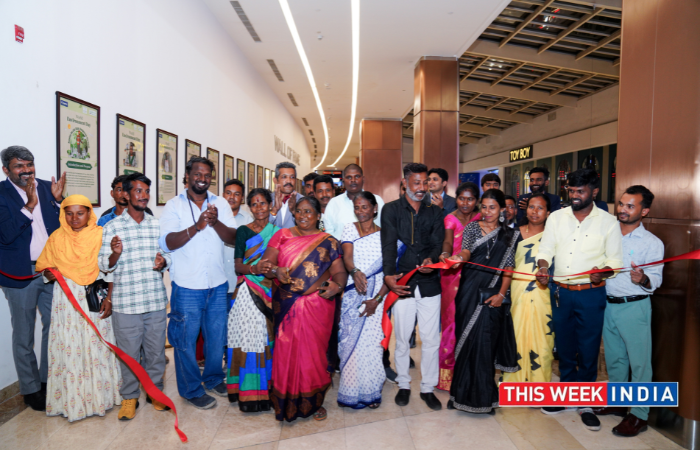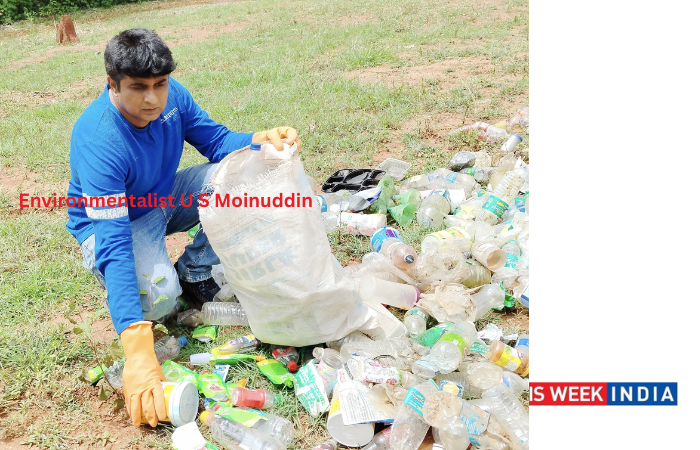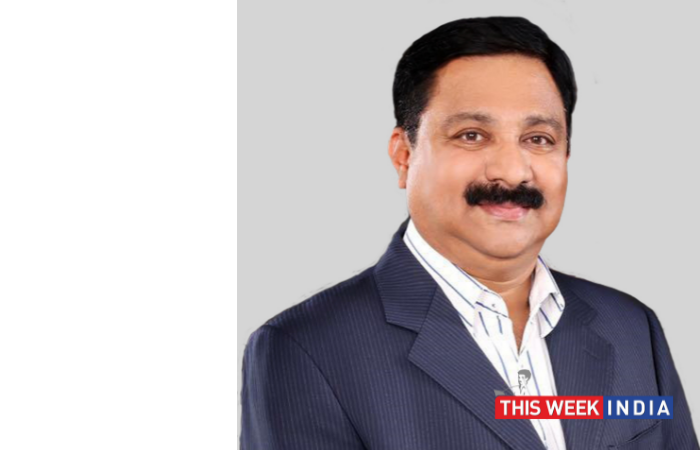Bangalore 27 September, 2021: The Multivalence of an Epic, Retelling the Ramayana in South India and Southeast Asia, edited by Prof Parul Pandya Dhar was released by Ambassador Nirupama Rao. In her remarks, she said ‘the book is an important work of impressive scholarship; one that explores the many journeys of the Ramayana, across the southern reaches of the subcontinent, and in the trans-oceanic space beyond the Bay of Bengal – in Myanmar, Malaysia, Thailand and beyond’.
‘This book is a record and interpretation of history encapsulated through inscriptions, trading contacts, cultural diplomacy and political give and take. It divulges fascinating insights that are in many ways a retelling of our most sacred beliefs – beliefs held in the innermost sanctums of the soul’, she added. ‘In the multivalence of the Ramayana, we see soft power attaining the pinnacle of its reach and influence and becoming a vector for a political and strategic reach that was truly epic’, she noted.
Highlight of the book release was an informed scholarly discussion with Prof H S Shivaprakash, eminent poet, writer, editor; Prof Suchandra Ghosh – a scholar in connected history and currently professor of History and Culture at Central University Hyderabad, and Art Historian and Editor of the book Multivalence of an Epic, Prof. Parul Pandya Dhar of Delhi University. The discussion was moderated by Prof Neeta Inamdar, Chief Editor of Manipal Universal Press (MUP) which has published the book.
Speaking on the occasion, editor of the book, Prof Parul Pandya Dhar said, Rāmāyaṇa traditions of South India and Southeast Asia are examined at multiple levels in this volume. The research presented here offers in-depth investigations of chosen moments in the development of the epic tradition together with broader trends that help in understanding the epic’s multivalence, she explained. The journey and localization of the Rāmāyaṇa is explored in its manifold expressions – from classical to folk, from temples and palaces to theatres and by-lanes in cities and villages, and from ancient to modern times. Regional Rāmāyaṇas from different parts of South India and Southeast Asia are placed in deliberate juxtaposition to enable a historically informed discussion of their connected pasts across land and seas, she added.
The three parts of this volume, organized as visual, literary, and performance cultures, discuss the sculpted, painted, inscribed, written, recited, and performed Rāmāyaṇas. A related emphasis is on the way boundaries of medium and genre have been crossed in the visual, literary, and performed representations of the Rāmāyaṇa. These are rewarding directions of research that have thus far received little attention. Bringing together 19 well-known scholars in Rāmāyaṇa studies from Cambodia, Canada, France, India, Indonesia, Malaysia, Singapore, Thailand, UK, and USA, this thought-provoking and elegantly illustrated volume engages with the inherent plurality, diversity, and adaptability of the Rāmāyaṇa in changing socio-political, religious, and cultural contexts and with shifting norms, tastes, traditions, and ideologies, she said.
Prof H S Shivaprakash sharing his impressions on the book said, classics are those that are patient with time. Ramayana thus might not be a matter of the past but something made in future, he added while appreciating the book for its rich contents and extraordinary presentation.
Prof Suchandra Ghosh spoke about the historical connect between south India and south east Asia and said it was not about the social distance but the social nearness that explains the expanse of Ramayana in the region. She lauded the efforts of the editor in bringing together scholarship from across the region for this book.
Mr D A Prasanna, the Convener of the DSA History Endowment, said this was the seventh history book in the DSA History series, established in memory of the noted historian Prof D S Achuta Rao to perpetuate the academic and research values D S Achuta Rao stood for. He said, DSA History Series takes scholarly work to a wider audience through conferences, publications and through history videos on DSA History Channel. This book which covers the travel of Ramayana along land and sea and reinvented in various parts of Southeast Asia in regional, visual, literary and performance cultures was an important contribution in the field, he noted.
Expressing her delight over the release of the book, Prof Neeta Inamdar said, bringing out this extraordinary book in the 10th year of MUP is a moment of pride and satisfaction and that MUP would strive to bring out many such scholarly works in the times to come.

